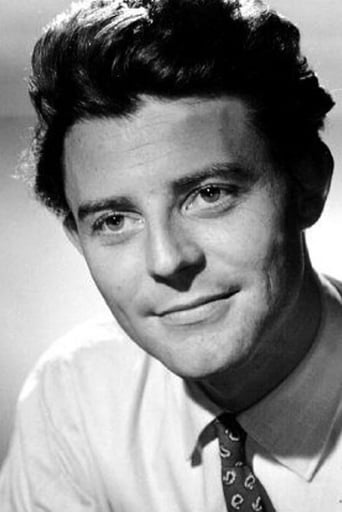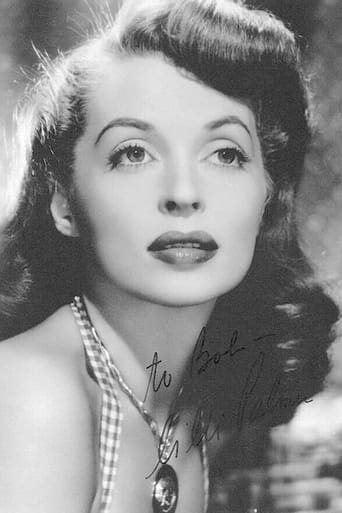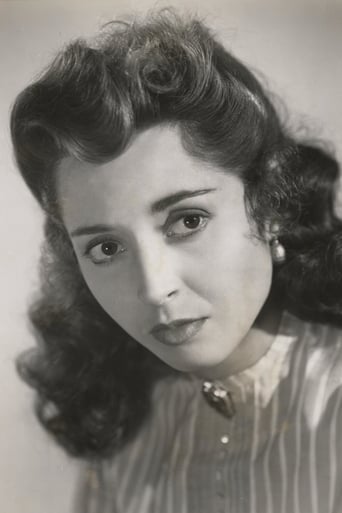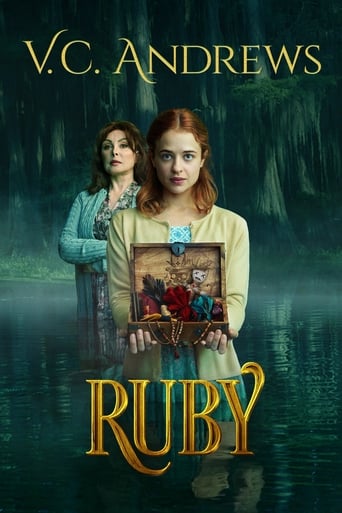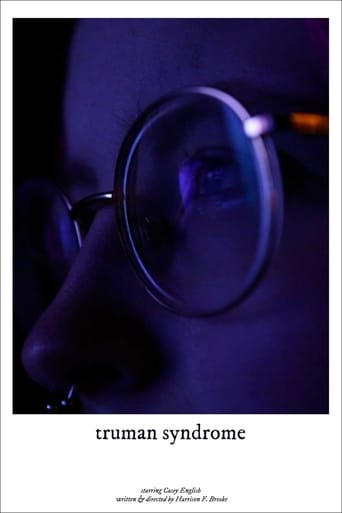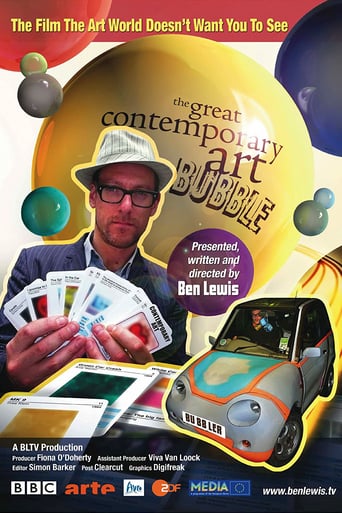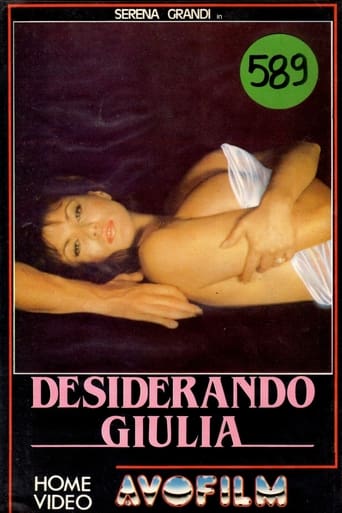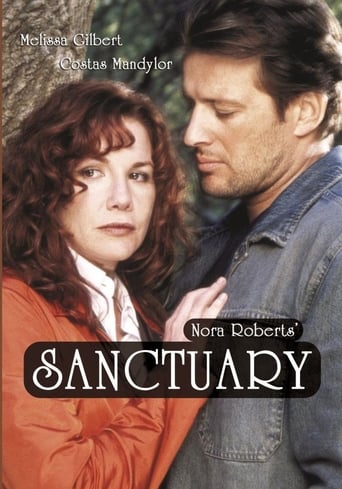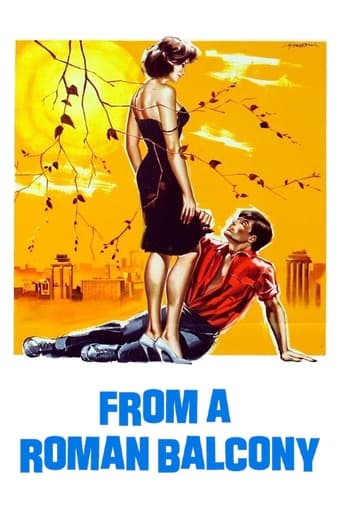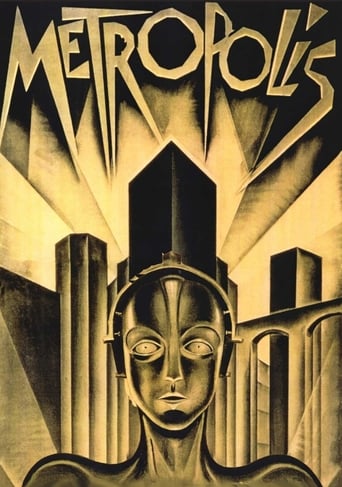
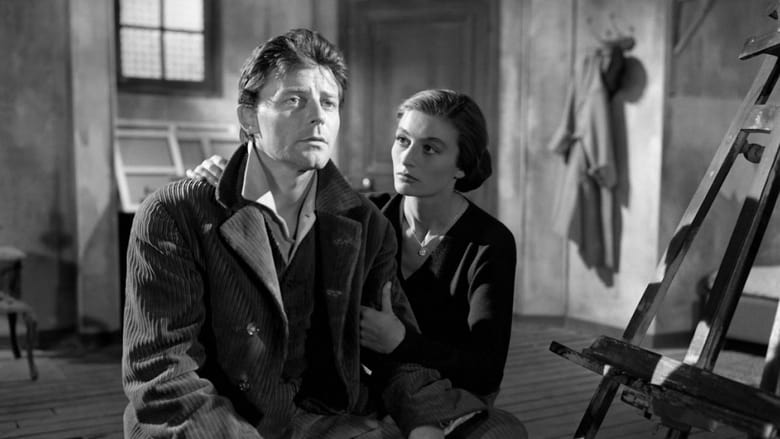
The Lovers of Montparnasse (1958)
Biographic film chronicling the last year of the life of the Italian painter Amedeo Modigliani, 1919, who falls in love with a girl from a wealthy family. Her parents are against this relationship and stop financial help. Modigliani worked and died in abject poverty in the Montparnasse Quarter of Paris, France.
Watch Trailer
Cast
Similar titles
Reviews
the audience applauded
At first rather annoying in its heavy emphasis on reenactments, this movie ultimately proves fascinating, simply because the complicated, highly dramatic tale it tells still almost defies belief.
Exactly the movie you think it is, but not the movie you want it to be.
Through painfully honest and emotional moments, the movie becomes irresistibly relatable
The last years of Modigliani's life in Paris 1919,this famous italian-french painter not match with greatest like Cezanne and Van Gogh but their paintings are so expensives nowadays which put him at high ground,the movie cover a few last years,he already condemned to die due the alcoolism,stayed some time in Nice near the sea to try to recover,back in Paris died still young 36 years old,sad end to true genius,neglected by many,today is honored...but too late!!!Great casting Lili Palmer.Anouk Aimée,Lino Ventura and Gérard Philipe as Modigliani.Resume:First watch: 2018 / How many: 1 / Source: DVD / Rating: 8.25
the temptation to see the film as one about Gerard Philipe is not small. and, in a way, it could be the basic motif for admire it. because it seems be a film for his admirers. a last word, testimony /legacy of great art. the close up, the dialogues, the reactions of Amedeo Modigliani are easy to define the last years of his interpreter. because, except that, "Les amants de Montparnasse" gives the same picture of damned artist, ignored by his contemporaries, single against the love story, fragile, vulnerable, strange. of course, a good recipes for public success. but, maybe, not the best. and this does it a homage to an unique French actor. and the beginning of the end of an age of cinema.
Every generation sees or thinks it sees things differently from previous generations; this film shows yet again that bohemian boorishness and temperamental talent is and was nothing new. If you're seen to be an Artist also being a fascinating penniless perpetual drunk yob can be acceptable, that troubled spirit is sometimes the price of Genius. Amedeo Modigliani was an Italian artist who died at 36 of TB in France, the almost impossibly handsome Gerard Philipe who played him here died the year after the film also at 36 of cancer, and director Max Ophuls died before production started – it makes this French-Italian co-production especially poignant.The story follows the last period of Modigliani's life about 1919, after he met and fell madly in love with fellow artist Jeanne Hebuterne, their trials, tribulations and tragedy. It's all done very well, definitely not as the elegant Ophuls would have done it (witness those clumsy tracking dancing scenes) with good black and white photography and great acting: basically no problems with any of it. However the end of the film was very different to the reality and bearing in mind it was fairly frank anyway I can't understand why the truth was jettisoned at the climax. Did Modigliani's daughter object? What actually happened was incredibly sad, brutal and even incomprehensible but still would have made more sense than the end to the film did. It turned a study in romance into a lesson in sordidness. But never mind, it was still an interesting journey into an Artist's troubled mind and life and the joy and pain he brought to those around him. I wouldn't hang one of Modigliani's hideous paintings up in my house unless I was paid a lot to; I prefer the film – because Beauty is either in the eye of the beholder or the owner.
This is a boring, clichéd film about a drunken, drug-addicted artist and several women with whom he was involved during the last year of his life in Paris.I'd seen this all before. The artist and his mistress live in a garret with a charming view of Nice out of their windows. But they are starving and must depend on the kindness of friends for their food or on the little money the wife can make painting postcards. The artist is tormented by his own failings--here primarily alcohol, though a reference is made to opium use--and his failure to sell his paintings to a public who doesn't understand his work. The artist is involved with several women, all of whom he treats badly, and with greedy art dealers who treat him badly.The artist here is Modigliani, who is a physically sick man throughout the film. There is any number of scenes in which Gérard Philipe's face is sweating with the very exertion of staying alive. Yet the film never offers any background on how Modigliani came to this point or background on any of the characters or situations in this film.And what, exactly, was Modigliani's relationship to the three women he's shown with? Bèatrice Hastings appears to be a wealthy woman who supplies Modigliani with opium and liquor. He physically abuses her, which she treats lightly, which doesn't go down very well today.Rosalie owns a restaurant and bar where Modigliani tries to con drinks based on his charm and Rosalie's lingering affection for him.And then there is Jeanne Hébuterne, whom the subtitles of the video identified as his wife. Apparently, in reality, she was just his mistress. As shown here, Jeanne was the sweet, virginal daughter of an upper-class family; her father strongly disapproved of her connection with Modigliani and locked her in her room to prevent her leaving their house to live with him. Then a few scenes later, Jeanne is free of her parents and meeting Modigliani in Nice. What happened in the interval? Some scenes edited out? The best scene in the film, the one point where the film comes alive, shows Modigliani, Jeanne, and his friend Léopold Sborowsky in the hotel suite of Mr. Dickson, an American industrialist who is interested to purchase some of his paintings. But Mrs. Dickson has no interest in her husband's deal, only in getting him packed and out of the hotel in time to meet the boat train. Finally, she bustles Dickson out before he can make a purchase.A touching scene shows a sickly Modigliani moving about the terrace of La Coupole trying to sell for five francs his drawings to the uninterested patrons. But this sort of scene is one we've seen in other films about starving artists.Gérard Philipe certainly had the handsomeness to play the doomed romantic hero and conveyed well the sick Modigliani here. But I've concluded that Gérard Philipe appeared mostly in mediocre films during his brief career.Both Anouk Aimée (Jeanne) and Lili Palmer (Bèatrice) are wasted in this film. Lila Kedrova has a small role as Mme. Sborowsky.But Lino Ventura most impressed me as Morel, the greedy, dastardly art deal. Marcel hovers over Modigliani like the angel of death, waiting for Modigliani to die for he knows that as soon as Modigliani is dead, his paintings will be worth something.This film has a troubled history, which may account for the poor final product. The film began as a Max Ophuls production. But when Ophuls died, he was still working on the film's script with Jenri Jeanson. According to Konstantin Bazarov's article on Becker in World Film Directors, Volume 1, "When Jacques Becker took over, he rewrote the script completely, provoking a violent quarrel with Jeanson." Modigliani's daughter also exerted her influence on the film. In a review in the May 1958 issue of Cahiers du Cinéma, Jean-Luc Godard defended "Montparnasse '19" as a film about the fear of making a film. I found the review--filled with double talk--as boring as most of Godard's films. Truffaut has an entire chapter on Becker in The Films of My Life in which he mentions "Montparnasse '19" intermittently.But the film must stand on its own; and it fails when it does that. It is a depressing film presenting a clichéd portrait of a dying artist in a story without narrative thrust and two-dimensional characters who never involve viewers. It's hard for me to believe that this film came from the same director who made the brilliant "Casque d'Or" and "Touchez Pas au Grisbi." Recommended to die-hard Philipe fans only.
